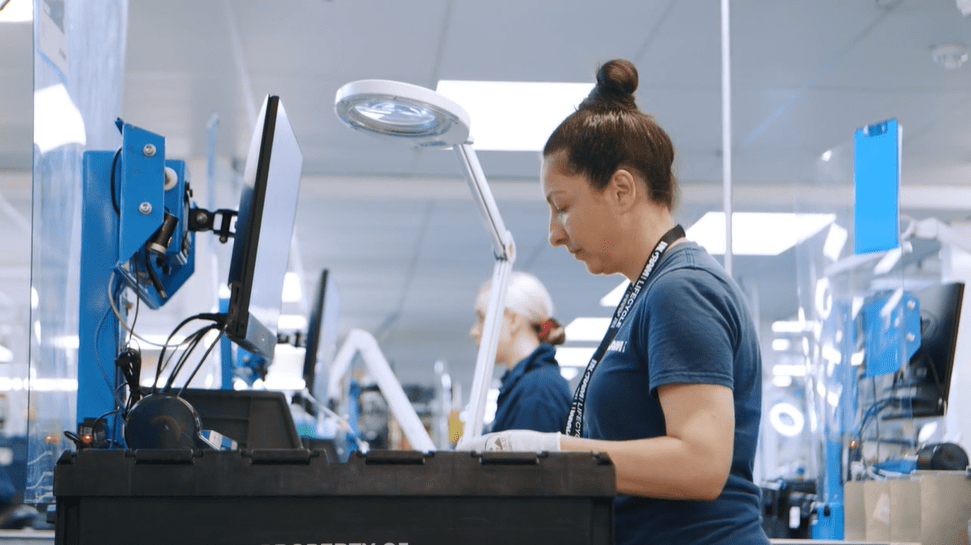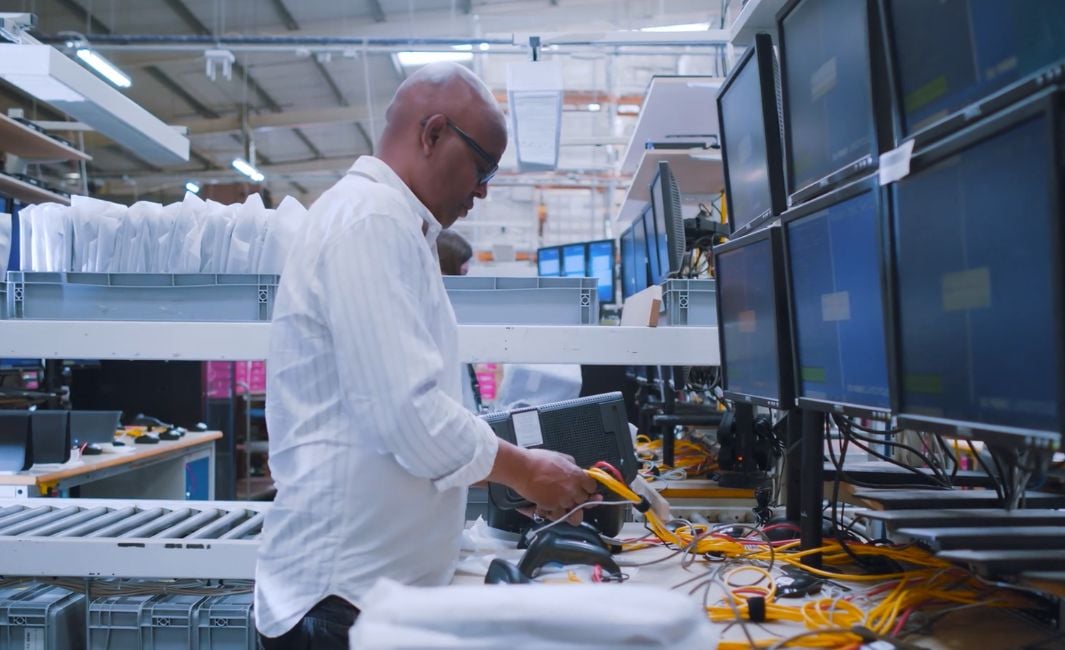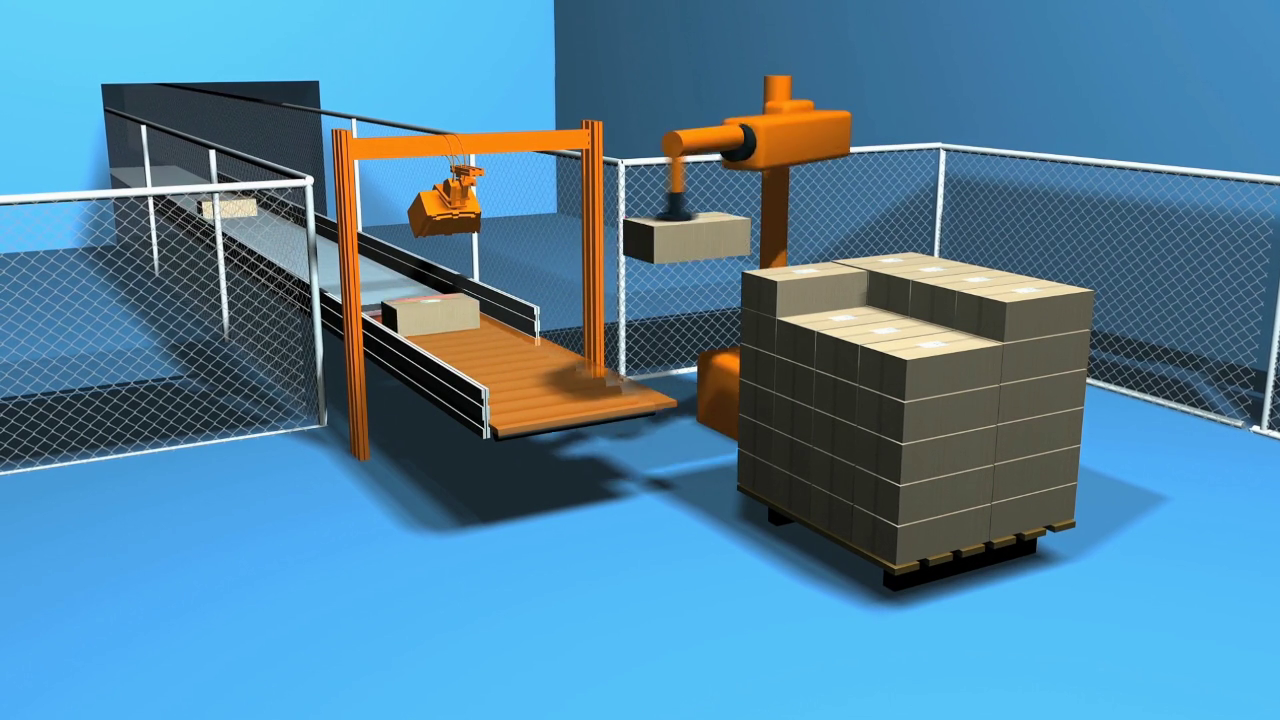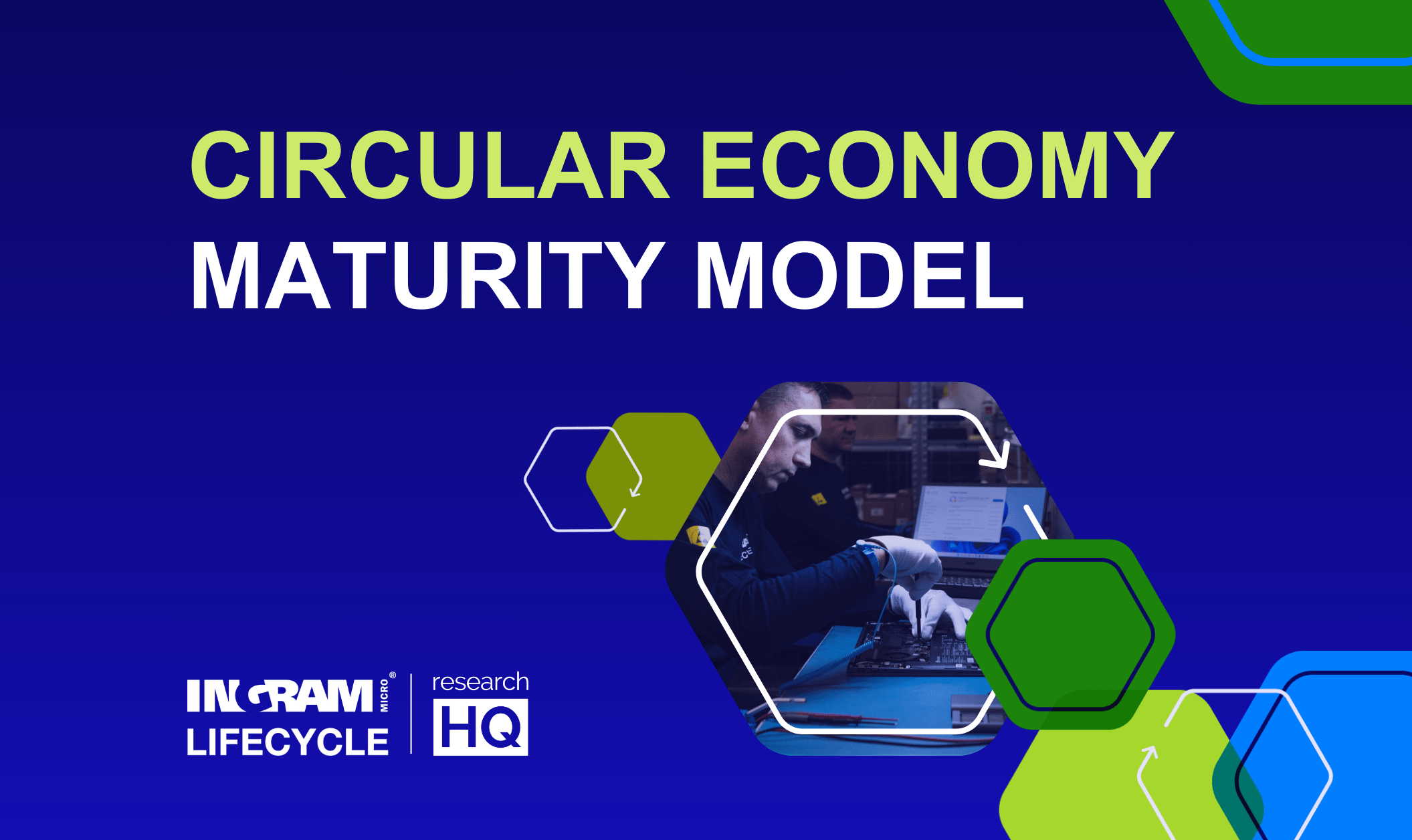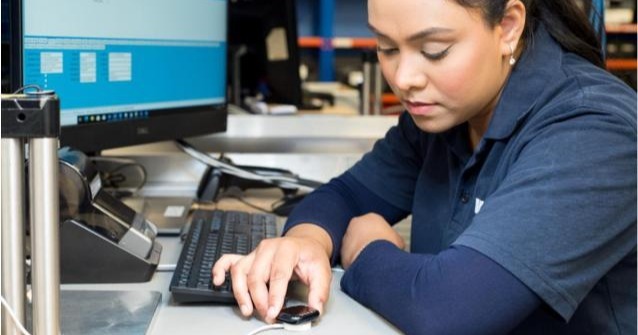Components in electronics have a finite lifecycle, especially when exposed to everyday wear and tear. Repair and fixes are inevitable and should be factored into managing their lifecycle. Managing the product lifecycle inefficiently can leak costs and negatively impact customer satisfaction.
Ingram Micro Lifecycle supports retailers and insurance providers with in- and out-of-warranty repairs, working to sustainably reduce e-waste generation, boost customer satisfaction, and promote cost efficiencies.
Below, we discuss why Same Unit Repair (SUR) is more advantageous than product exchange.
Same Unit Repair vs Exchange
Situations arise when a product becomes faulty or damaged and needs repair. This is usually covered by warranties or insurance policies (particularly for out-of-warranty products). The in-warranty repair may be organized through the retailer where the product was purchased or the Original Equipment Manufacturer (OEM).
When a product is faulty, the pressure is on the retailer, OEM, or insurer to minimize the downtime the customer experiences away from their product. The two options when the customer sends off their product for assessment and repair are either:
- Conduct Same Unit Repair (SUR) – the exact product that the customer owns is assessed and repaired before being sent back to the customer.
- Issue an exchange – the product the customer owns is received, but a different unit is sent to them as a replacement. This may be new or like-new. Their faulty product can be repaired and added to the inventory for future swap stock.
There are several factors for the retailer, OEM, or insurer to consider when deciding whether SUR or exchange is the better option.
The importance of fast, efficient assessments
When the repair team or agent receives the faulty unit, they must screen and assess it thoroughly to determine what the fault is and the fix required.
Understanding the fault and potential cause is particularly important for in-warranty repairs as this may invalidate the warranty. If the warranty has been voided, then the repair shouldn’t be conducted at the cost of the warranty provider.
An accurate assessment ensures that only the required repair is conducted and an effective fix is applied. Failing to do so may result in unnecessary resource consumption and a continuation of the fault.
This is important in cases where the same unit is being repaired or if the product will go into swap stock inventory. The customer receiving a repaired product must be guaranteed that the quality and functions will perform as they expected.
When conducting same unit repair, speed is essential in minimizing customer downtime from their product, but this cannot compromise the quality of the repair. Taking too long to assess and fix a product will result in increasing dissatisfaction from the customer.
Consider partnering with a third-party provider of repair and refurbishment services who have the technical know-how, tools, and accreditations to complete fast, efficient screening and fixes to a high standard.
Determine costs
Part of the screening and assessment process should consider the age of the product being fixed. It may not be a worthwhile investment to repair something when the resource consumption cost is higher than the value of the outcome, or a future repair is imminent. It may be more pertinent to recycle the unit and issue a replacement.
The cost of the repairs should also be weighed against replacement costs. It’s often more financially feasible to conduct same unit repairs rather than to replace them with a different unit.
There’s also stock availability to consider with the associated costs and logistics. How long would it take you to get the required part to complete a repair? Any agreement with the customer around repair turnaround times must be factored into the decision of SUR vs exchange.
Sustainability factors
Choosing same unit repair puts less pressure on the manufacturing of brand-new goods, more so in cases where an exchange would be a new product rather than like-new. Easing the pressure on production reduces the consumption of finite and raw resources and alleviates the associated emissions of CO2.
SUR supports the reduction of e-waste because the lifecycle of the returned unit is already looked after. There’s less risk with SUR that a returned or faulty unit will go straight to landfill.
Recovering parts from units also decreases waste generation as more components remain in use, with less going to recycling or landfill.
Customer satisfaction
We mentioned before how speed is a vital factor in ensuring customer satisfaction; product downtime must be minimized. Communication must be clear, regardless of SUR or exchange, so the customer’s expectations can be managed and met, or even exceeded. Exchange may be the quickest option, but the speed of SUR can be improved with a reliable and expert process. Logistics and stock availability will impact the speed of exchange, however, and may fluctuate the time this process takes.
Any delays or mistakes in fixing their problem, either with repair or exchange, will heighten their dissatisfaction so getting it right the first time is important. Causing additional stress or concern on the customer’s part may lead to them taking their custom elsewhere.
If you choose SUR, there are green and eco-friendly messages that you can communicate to your customers. They will appreciate the transparency and also understand the positive environmental impacts. More people are choosing eco-conscious choices when it comes to their technology, opting for refurbished products over brand-new ones. 51% of millenials own refurbished technology, naming costs and sustainability as the two key influencing factors. These customers may actively seek companies that align with their viewpoints.
Choosing SUR over exchange
Opting to provide Same Unit Repair has multiple benefits, but should be considered part of a wider conversation. Does your business have the resources to competently offer this without compromising areas of quality? Partnering with an external supplier can provide vital resources and experience without detracting from your core business focus.
When electronics are exposed to constant and everyday use, wear and tear and accidental damage are inevitable. Given the high cost of some of these products, it makes sense for consumers to protect against these inevitabilities by taking advantage of insurance policies and warranties to maximize their useful life. Same unit repair can be more cost-effective than a whole-unit exchange and is more environmentally friendly too. Speed without compromising quality is the key to ensuring customer satisfaction and first-time fixes.
Ingram Micro Lifecycle offers a complete end-to-end reverse logistics process that involves technical product screening, full repair and refurbishment, and fulfillment. We maintain OEM accreditations and certifications to provide innovative and efficient solutions, as well as harvest parts where possible to decrease e-waste and lower carbon emission impacts.
Contact us to discuss how we can support you with same unit repair or product exchange.
Related articles:
- 8 benefits of outsourcing game console returns, repair and refurbishment
- Defining e-waste and its challenges
- Ensuring data security while maximizing reuse in a circular economy
- Benefits of a returns management partner
- Benefits of a B2B partner supporting B2C operations
- Attractors and detractors of refurbished products for consumers



